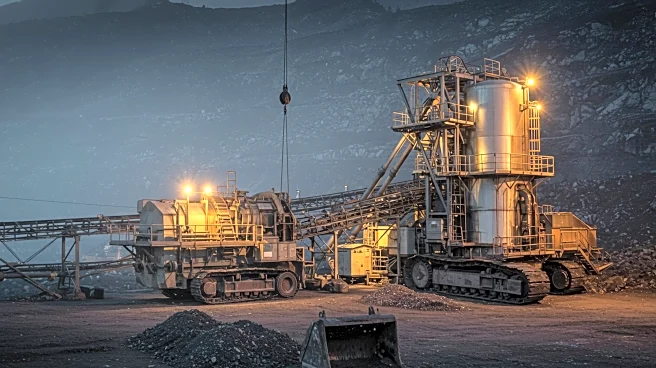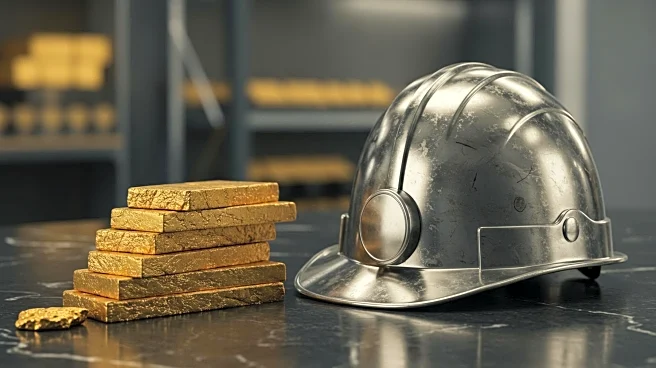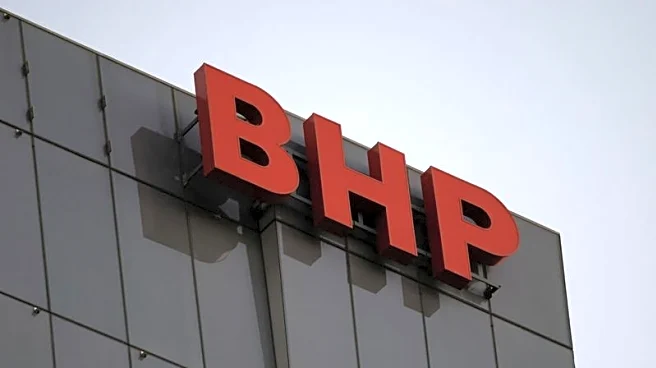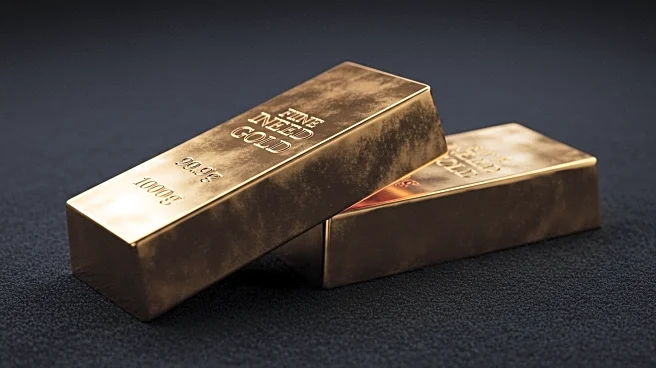Rapid Read • 7 min read
BHP has reported a 26% decline in underlying attributable profit to $10.16 billion for the financial year 2025, marking its lowest full-year profit since 2020. The decline is attributed to a 19% decrease in the average realised price for iron ore. Revenue fell 8% year-on-year to $51.3 billion, while underlying EBITDA dropped 10%. Despite strong copper production, net operating cash flow declined due to lower iron ore and coal prices. BHP maintained its capital expenditure guidance for FY26 and FY27 at $11 billion, with plans to optimise its capital profile over FY28 to FY30.
AD
The decline in BHP's profit highlights the impact of fluctuating commodity prices on major mining companies. Iron ore is a significant revenue driver for BHP, and lower prices can affect profitability and investment strategies. The company's focus on copper production, which accounted for nearly half of its earnings, underscores the importance of diversifying revenue streams amid market volatility. BHP's capital expenditure plans reflect its commitment to long-term growth and adaptation to changing market conditions. This development may influence investor sentiment and strategic decisions within the mining sector.
BHP's plans to optimise its capital profile and reduce forecast capital spend indicate a strategic approach to managing financial resources amid market uncertainties. The company's focus on steelmaking materials, copper, and fertilisers aligns with global growth and urbanisation trends. BHP's recent proposal for a $1.4 billion settlement related to the Mariana dam collapse in Brazil may also impact its financial outlook and reputation. Stakeholders will closely monitor BHP's efforts to navigate economic challenges and maintain its position as a leading mining company.
AD
More Stories You Might Enjoy











